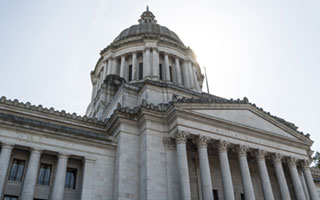Jack Kleinhenz, NRF Chief Economist
 Inflation continues to weigh on the 2022 economy.
Inflation continues to weigh on the 2022 economy.
The first whiff of the inflation we’re seeing today came in April 2021, when the Bureau of Economic Analysis reported that personal consumption had suddenly jumped by 3.6 percent over the year before. That was more than double the rate at the beginning of the year and the most robust growth in 13 years. Of course, the jump was notably high because the comparison was against weak spending during the Spring 2020 government-ordered shutdowns of most of the economy.
Surging inflation is the driving factor behind the central bank’s current tightening of monetary policy. After raising rates by one-quarter of a percentage point in March, members of the Fed’s Federal Open Market Committee plan more increases and expect the federal funds rates to reach 1.875 percent by the end of the year. This tightening will continue through 2023 and is expected to hit a range of 2.5 to 2.75 percent, the highest mark since March 2008 during the Great Recession.
How much and how fast the Fed raises rates will depend on how the economy performs in the months ahead. While policymakers would like to raise interest rates gradually, more aggressive action may be needed and appears to be the direction taken. The Fed is far behind the price inflation curve, and there is a need to raise interest rates by a greater degree and more often than under customary practices.





